What is San Pedro?
Understanding the Healing and Spiritual Power of Huachuma

Introduction to San Pedro (Huachuma)
San Pedro, also known as Huachuma, is a sacred cactus native to the Andes Mountains that has been used for thousands of years in traditional spiritual and healing ceremonies. Often referred to as the "cactus of vision," San Pedro has played a significant role in the spiritual practices of indigenous cultures throughout Peru, Bolivia, Ecuador, and northern Chile.
Unlike Ayahuasca, which is typically used in nighttime ceremonies and is known for its intense purgative effects, San Pedro is generally consumed during daytime rituals. It is revered for its heart-opening qualities, clarity of mind, and ability to foster deep connection with nature, community, and Spirit.
Historical and Cultural Roots
Indigenous Lineages and Sacred Use
The use of San Pedro dates back over 3,000 years, with archeological evidence found in ceremonial sites such as Chavín de Huántar in Peru. This sacred cactus has been used by curanderos (healers), shamans, and spiritual leaders in ceremonies designed to bring balance, healing, and divine connection.
The plant is considered a teacher, guiding individuals through a journey of self-awareness, forgiveness, and understanding. Many traditional ceremonies include prayer, music, and nature immersion, allowing participants to experience unity with the world around them.
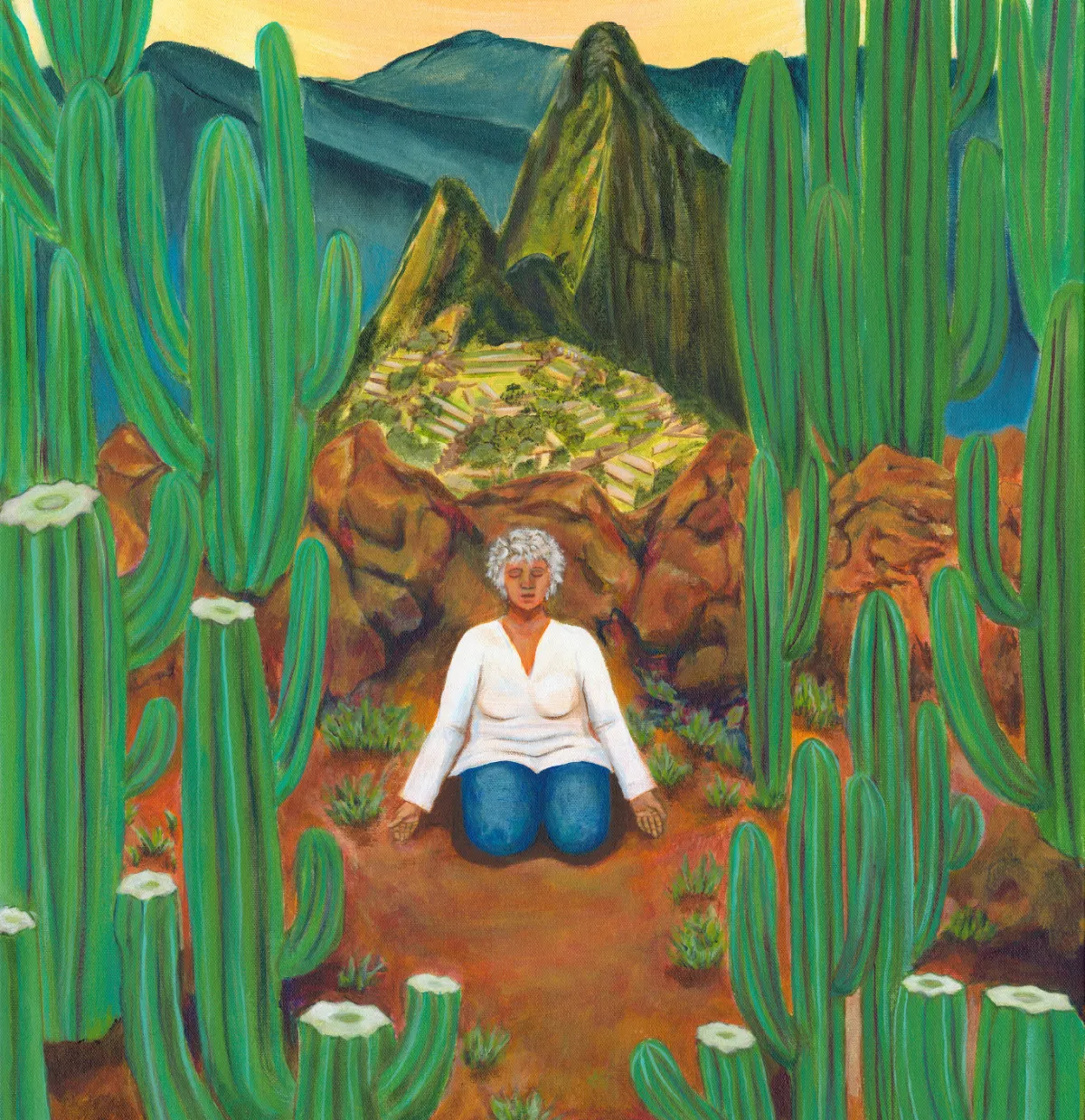
How San Pedro Works
Mescaline and Consciousness
The psychoactive compound in San Pedro is mescaline, a naturally occurring psychedelic known for its gentle yet expansive effect on consciousness. Mescaline works on serotonin receptors in the brain, often producing feelings of:

Enhanced Empathy aand Compassion
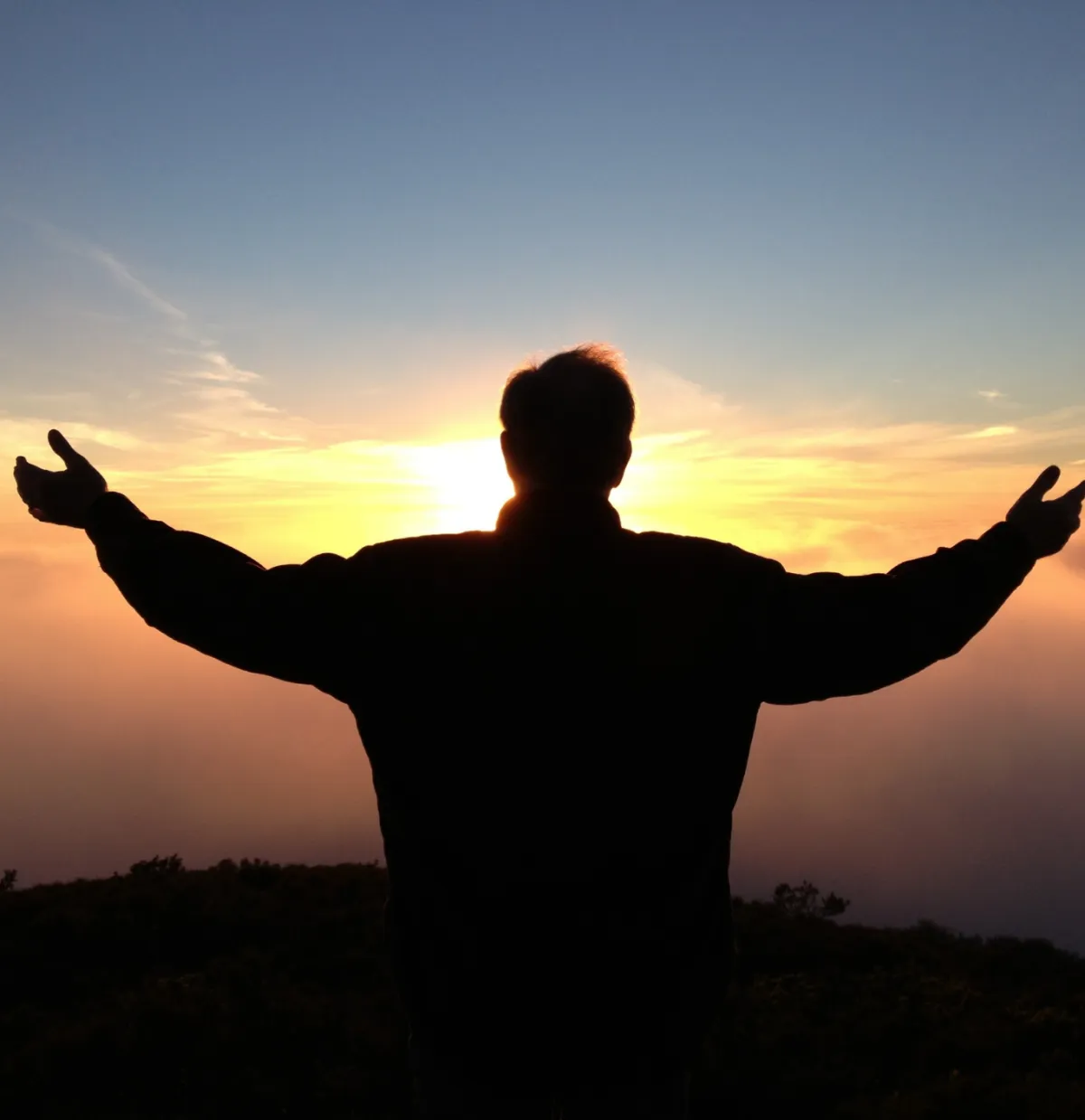
Spiritual Insight and Clarity

Heightened Sensory Perception

A deepened sense of connection to life, nature, and spirit
Unlike some other psychedelics, mescaline tends to have a grounded, heart-centered quality. Many participants describe San Pedro as having a gentle spirit that works slowly but profoundly.
Duration and Effects
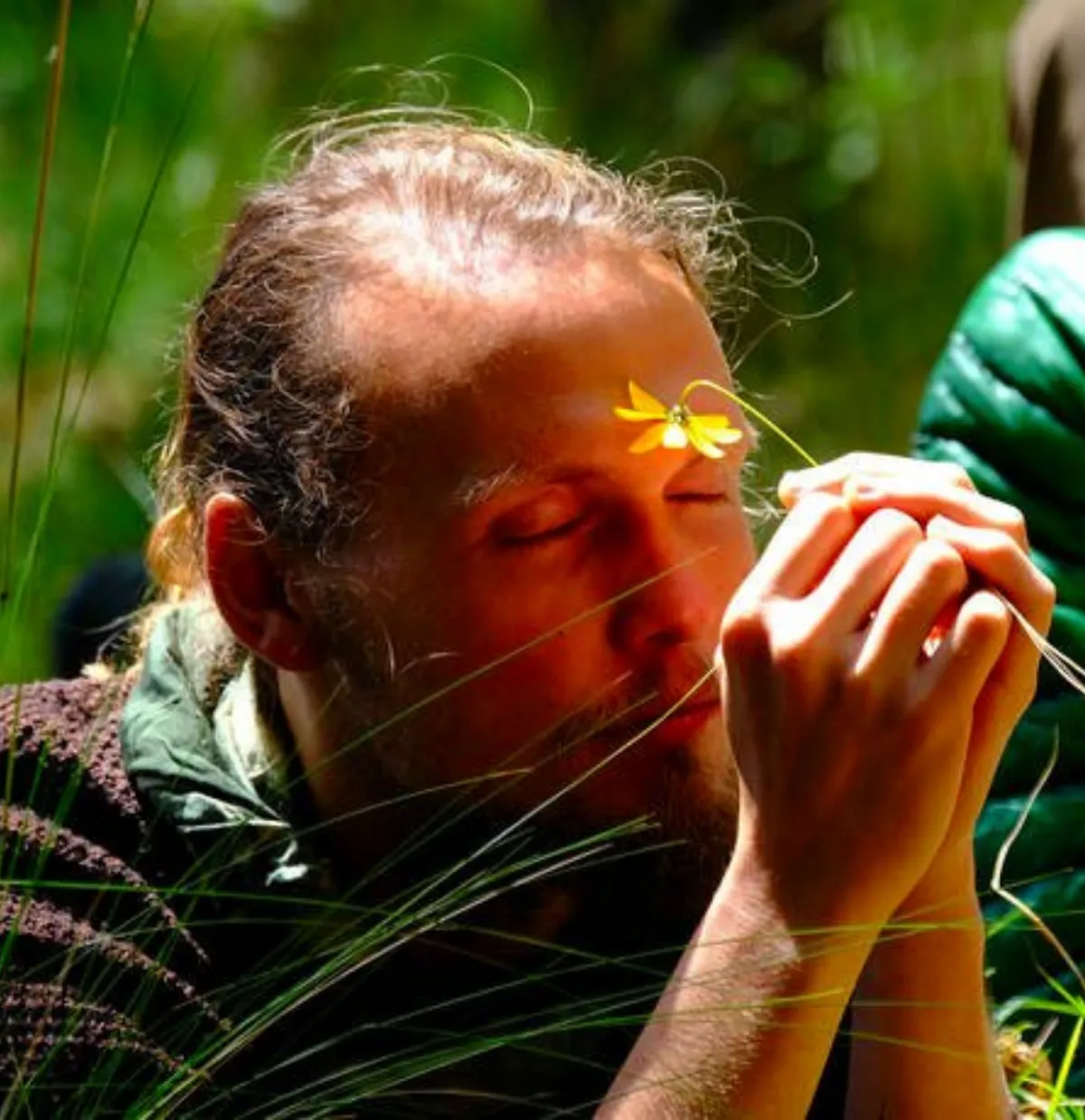
Duration
Effects typically last 8–12 hours
Onset
1–2 hours after ingestion
Experience
Emotional release, inner peace, and non-linear insights
While each journey is unique, many find the experience to be emotionally therapeutic and spiritually uplifting.
The Ceremony Experience
What to Expect in a San Pedro Retreat
San Pedro ceremonies often take place outdoors during the day to take advantage of natural elements. The experience is less about visions and more about feeling, insight, and energetic healing. Retreats often include:
Sacred space preparation (altar, offerings, prayers)
Guided meditation or intention-setting
Ceremonial tea drinking (San Pedro brew)
Silence, reflection, or guided activities in nature
Integration circle and support
While traditional styles may vary by facilitator and location, the core focus is often heart-opening, reconnection with purpose, and clearing emotional or energetic blockages.
Is San Pedro Safe?
When approached with respect, intention, and proper guidance, San Pedro is generally considered safe for most healthy adults. However, it is not suitable for everyone. Important considerations include:
Medical Conditions: Avoid if you have heart conditions, bipolar disorder, or are on certain psychiatric medications (e.g., SSRIs).
Mental Health: Not recommended for individuals with a history of psychosis or schizophrenia.
Set and Setting: The mental/emotional environment and physical surroundings significantly impact the experience.
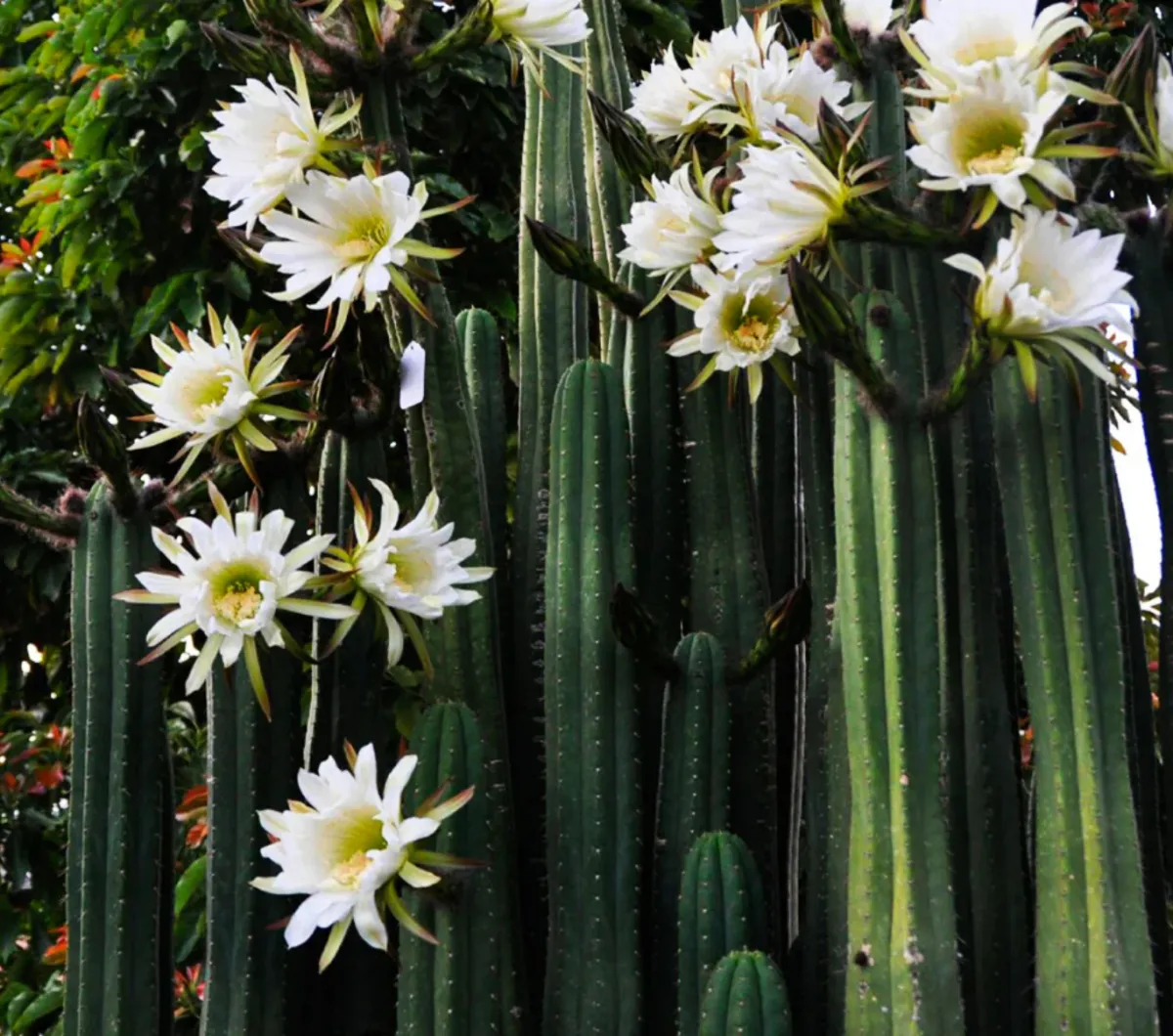
San Pedro vs. Ayahuasca: What’s the Difference?
While both are sacred plant medicines used for healing and spiritual insight, they differ in many ways:
Aspect
Time of Ceremony
Primary Compound
Emotional Tone
Duration
Common Focus
San Pedro (Huachuma)
Daytime
Mescaline
Heart-opening, peaceful
8-12 Hours
Connection, healing, clarity
Ayahuasca
Nighttime
DMT
Visionary, purgative
4–8 Hours
Shadow work, deep insight
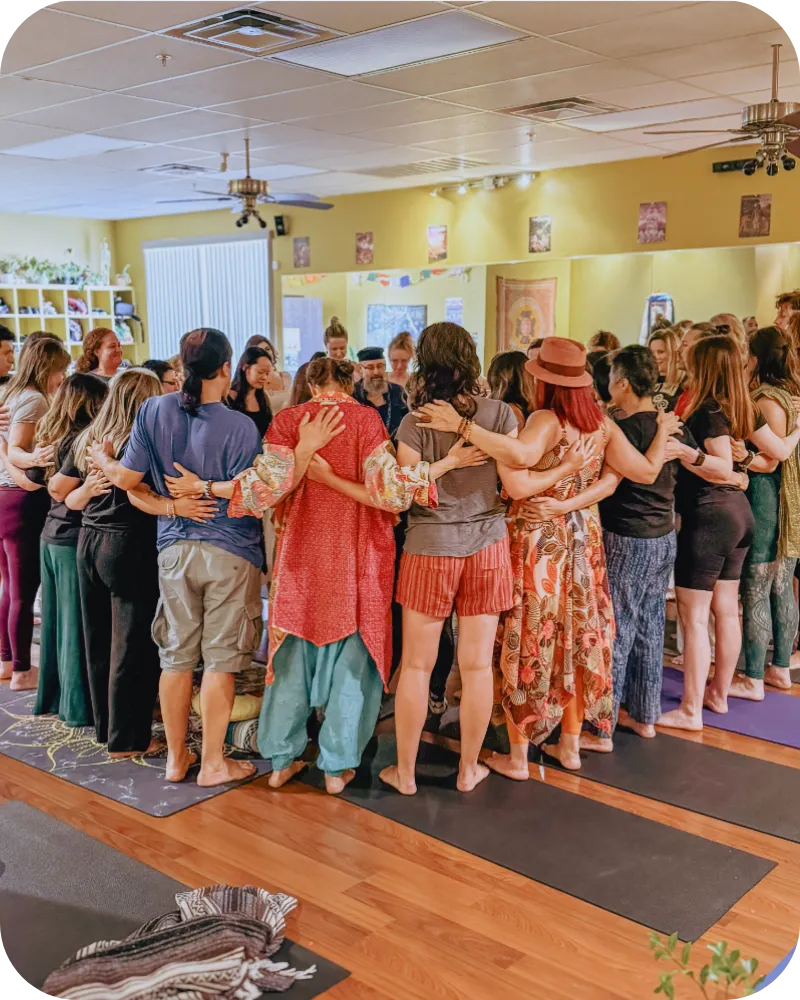
Where to Experience
San Pedro in the USA
Due to increasing interest and evolving legal protections, there are now several trusted communities offering San Pedro ceremonies within the U.S. These often operate under religious exemption and are guided by trained facilitators who honor the traditions from which these ceremonies originate.
One such trusted community is 963 Tribe Church, a spiritual sanctuary that offers San Pedro (Huachuma) ceremonies alongside Ayahuasca and other sacred practices. Their work is grounded in reverence for indigenous wisdom, and their ceremonies are supported by experienced facilitators, intentional preparation, and post-retreat integration support.
San Pedro is a powerful, heart-centered plant medicine that invites deep healing, emotional clarity, and spiritual insight. Rooted in ancient tradition and carried forward by modern stewards, this sacred cactus offers an opportunity to reconnect with self, community, and the living Earth.
By understanding its history, effects, safety considerations, and ceremonial context, those called to work with San Pedro can take the first steps with trust, clarity, and intention.